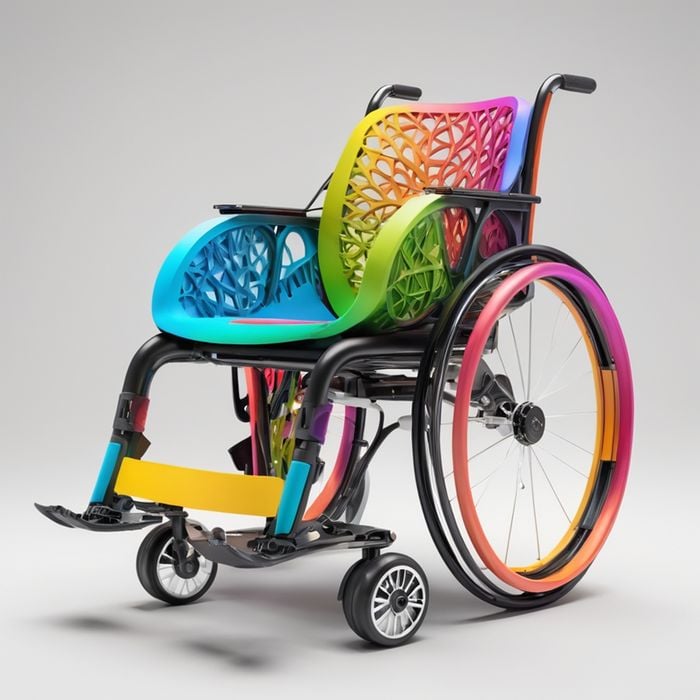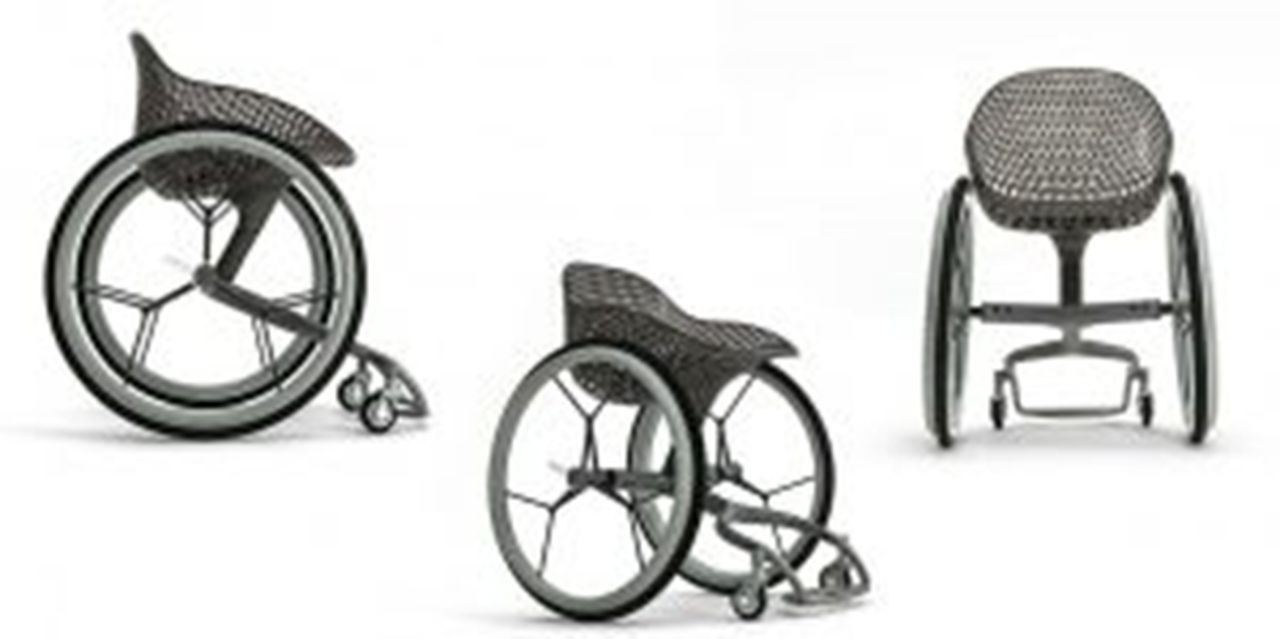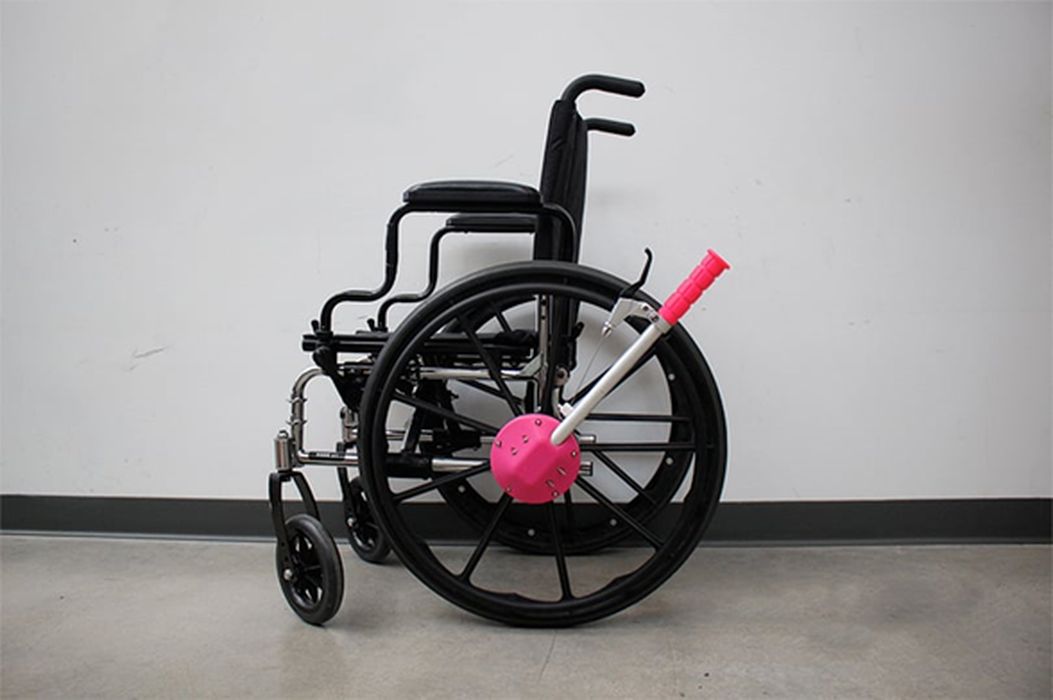
Charles R. Goulding and Preeti Sulibhavi analyze Nordic Capital’s strategic sale of Sunrise Medical to Platinum Equity, highlighting the transformative impact on the mobility aids market and the role of advanced 3D printing technologies.
In a surprising move, Nordic Capital recently decided to sell Sunrise Medical, a leading manufacturer of wheelchairs and mobility aids, to Platinum Equity instead of proceeding with its original plan for an Initial Public Offering (IPO). This decision marks a significant shift in strategy and has profound implications for the stakeholders involved. To understand the depth of this decision, it’s essential to analyze the market positions of Nordic Capital and Sunrise Medical, the dynamics of the assistive medical device industry, and the potential impacts of advanced manufacturing technologies such as 3D printing on the future of patient mobility solutions.
Nordic Capital and Sunrise Medical: Market Overview
Nordic Capital, a private equity firm, has a substantial market presence with a diverse portfolio. The firm has been instrumental in scaling companies across various sectors, including healthcare. Sunrise Medical, under Nordic Capital’s stewardship, has grown to become a prominent player in the global mobility aid market. While the exact market capitalization of Nordic Capital is not publicly disclosed, the firm’s influence is substantial, with investments across numerous high-value companies.
Sunrise Medical, on the other hand, has established itself as a key player in the wheelchair and assistive devices sector. The company has a robust market presence, with its products available in over 130 countries. While precise figures for Sunrise Medical’s market capitalization are not readily available, industry estimates suggest it is valued in the range of several hundred million dollars, reflecting its significant market share and growth potential.
The Assistive Medical Device Industry
The global wheelchair and assistive medical device market is a multi-billion-dollar industry, reflecting the increasing demand for mobility solutions driven by an aging population and rising disability rates. As of the latest estimates, the global wheelchair market alone is valued at approximately US$5 billion, with a projected growth rate of around 6% annually. The broader assistive medical device market, which includes various other mobility aids and support systems, is even larger, estimated to be worth over US$20 billion.

The Role of 3D Printing in Assistive Technology
The 3D printing industry, also known as additive manufacturing, has emerged as a game-changer in various industries, including healthcare. Its application in the production of assistive medical devices, particularly in wheelchairs, offers unprecedented opportunities for customization and innovation.
Ride Designs: Pioneers in 3D Printed Seating Solutions
In 2021, Sunrise Medical acquired Ride Designs, a company renowned for its premium, custom-designed seating solutions for wheelchairs. Ride Designs has been at the forefront of integrating 3D printing into its manufacturing processes, enhancing its ability to produce highly customized and precise seating solutions tailored to the unique needs of each user.
Tom Hetzel, CEO and Co-Founder of Ride Designs, emphasized the significance of this technology:
“Ride Designs and the Aspen Seating Clinic have long been pioneers in specialized seating development. We are especially proud of our latest 3D printing manufacturing capabilities. We are very passionate to bring our advanced, clinically differentiated solutions to as many riders as possible. The strengths of the two companies complement each other very well. Sunrise Medical’s existing comprehensive mobility offering, global sales networks, business resources, and infrastructure will significantly accelerate Ride’s global outreach and expansion. We are committed to providing uncompromising solutions to address skin and postural challenges, and we believe that Sunrise Medical is our strongest partner in achieving our mission.”
Sunrise Medical can leverage Ride Designs’ advanced 3D printing capabilities to enhance its manufacturing processes.
Examples of 3D Printed Wheelchair Components
The integration of 3D printing into wheelchair manufacturing can lead to the development of various components, including:
Custom Cushions and Backrests: Tailored to the user’s specific body shape and needs, enhancing comfort and support.
Lightweight Frames: Using advanced materials to create strong yet lightweight wheelchair frames, improving maneuverability and ease of use.
Personalized Footrests and Armrests: Adjustable and custom-fitted to provide optimal support and comfort.
Adaptive Controls and Accessories: Customized control interfaces and accessories that cater to the unique requirements of users with different types of disabilities. Like a hand lever for self-pushing.

The Strategic Impact of the Sale to Platinum Equity
The sale of Sunrise Medical to Platinum Equity, rather than pursuing an IPO, suggests a strategic decision to leverage the resources and expertise of a private equity firm specializing in operational improvements and expansion. Platinum Equity’s track record of driving growth and efficiency in its portfolio companies aligns well with Sunrise Medical’s ambitions to expand its global footprint and innovate within the mobility aids market.
By acquiring Sunrise Medical, Platinum Equity gains a valuable asset in a growing industry, with significant opportunities for expansion and technological advancement. This move is likely to catalyze further investment in research and development, particularly in the areas of advanced manufacturing and 3D printing technologies, especially with the acquisition of Ride Designs.
The Research & Development Tax Credit
The now permanent Research and Development (R&D) Tax Credit is available for companies developing new or improved products, processes and/or software.
3D printing can help boost a company’s R&D Tax Credits. Wages for technical employees creating, testing and revising 3D printed prototypes can be included as a percentage of eligible time spent for the R&D Tax Credit. Similarly, when used as a method of improving a process, time spent integrating 3D printing hardware and software counts as an eligible activity. Lastly, when used for modeling and preproduction, the costs of filaments consumed during the development process may also be recovered.
Whether it is used for creating and testing prototypes or for final production, 3D printing is a great indicator that R&D Credit-eligible activities are taking place. Companies implementing this technology at any point should consider taking advantage of R&D Tax Credits.
Conclusion
The sale of Sunrise Medical by Nordic Capital to Platinum Equity represents a pivotal moment in the evolution of the assistive medical device industry. With the integration of advanced 3D printing technologies from Ride Designs, Sunrise Medical is well-positioned to lead the market in innovative and customized mobility solutions. This strategic shift underscores the potential of private equity to drive growth and innovation in high-value sectors, ultimately benefiting the end users who rely on these essential products for improved quality of life.
